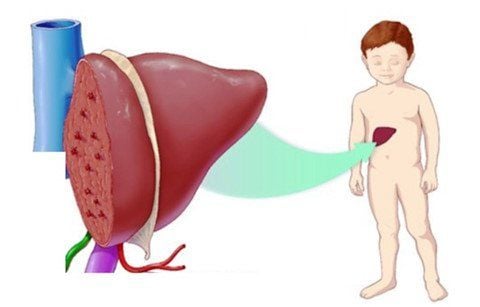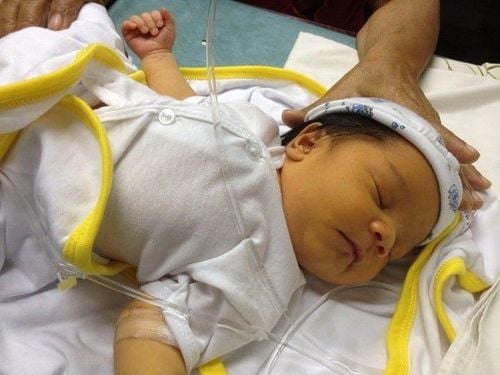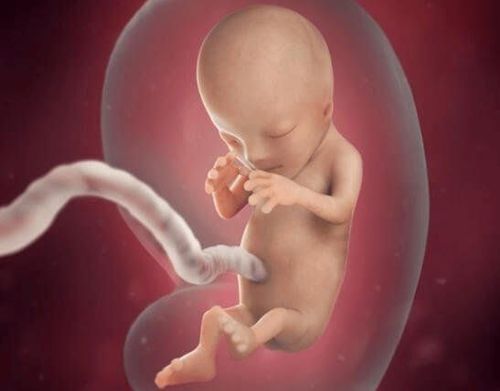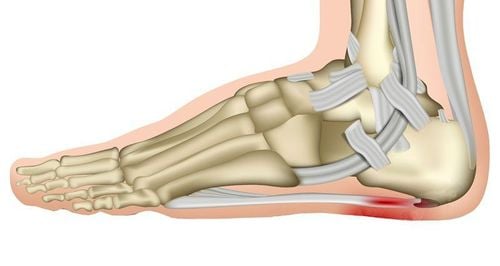Nội dung bạn đang tìm kiếm không có phiên bản tiếng Việt.
Vui lòng chọn tiếp tục để xem nội dung tiếng Anh hoặc đi đến trang chủ Tiếng Việt.
Rất xin lỗi về sự bất tiện này.

Home
Tag Biliary atresia in newborns
Articles in Biliary atresia in newborns

The "golden" phase of treatment of biliary atresia in infants
Congenital biliary atresia is a rare disease of the liver and biliary tract, characterized by disruption or deficiency of the extrahepatic biliary system, causing obstruction of bile flow. Due to misdiagnosis and late detection, many infants are missed the golden opportunity to have surgery to treat the disease. So when is the best time to treat congenital biliary atresia?
Xem thêm

Nutrition after treatment for congenital biliary atresia
Biliary atresia in infants is a pathology that causes cholestatic jaundice in young children, if not treated early, it can lead to bad complications such as cirrhosis, liver failure and death. The only treatment for congenital biliary atresia is surgery. Treatment after surgery with care and nutritional supplements is focused to avoid future complications for the child.
Xem thêm

Distinguishing congenital biliary atresia from physiological jaundice, anemia, hepatitis
Jaundice in newborns is a manifestation of one of the diseases such as anemia, hepatitis or physiological jaundice or even congenital biliary atresia. The distinction between these diseases is to determine the direction of treatment for the child.
Xem thêm

Congenital biliary atresia: Intractable disease
According to statistics, about 50-80% of newborns with congenital biliary atresia, if not treated well, will die of biliary cirrhosis when the child is 1 year old. This percentage will increase to about 90 - 100% by the time a child is 3 years old. Therefore, if the child shows signs of suspected congenital biliary atresia, the family should immediately take the child to the hospital for examination and timely diagnosis.
Xem thêm

Complications after surgery for congenital biliary atresia
Congenital biliary atresia is considered a rare pathology of the liver and biliary tract, characterized by disruption or deficiency of the extrahepatic biliary system, resulting in obstruction of bile flow.
Xem thêm













